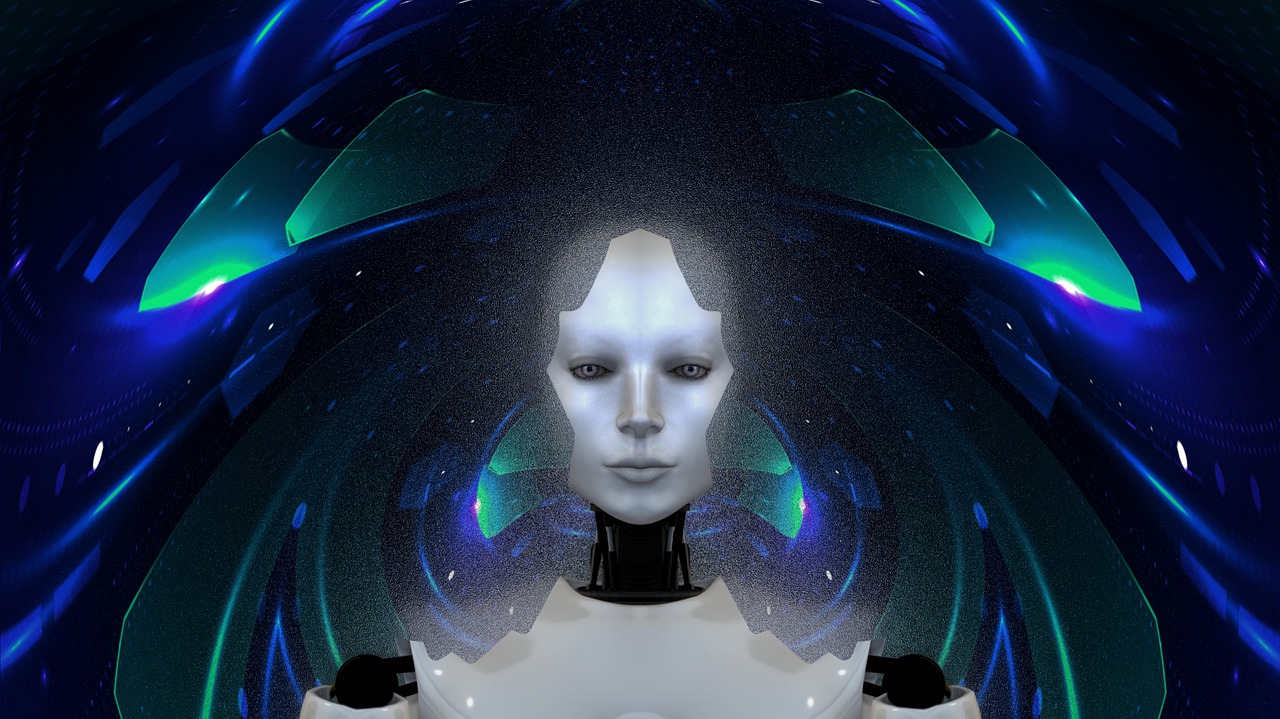
The Impact of AI on Influencer Marketing
How AI Impact on Influencer Marketing has made changes?
AI has made a significant impact on influencer marketing. With AI, brands can now track their ROI, engagement rates, and audience insights more accurately than ever before. By analyzing data from social media platforms, AI algorithms can determine which influencers are most effective in reaching a brand’s target audience. This information helps brands optimize their influencer marketing campaigns and allocate their budgets more efficiently.
In addition to tracking data, AI can also help with content creation. AI-powered software can generate images, videos, and written content that are optimal for social media platforms. This can save time and resources for brands, as well as help them create content that resonates with their audience.
Ways AI is making an Impact on Influencer Marketing
Here are some of the ways AI is having an impact:
- Improved targeting: With AI, brands can now identify influencers who have the most impact on their target audience. This makes it easier for them to find the right influencers for their campaigns.
- Increased efficiency: AI-powered tools can automate many of the tasks involved in influencer marketing, such as finding influencers and creating content. This can save brands time and money.
- Better performance tracking: By analyzing data from social media platforms, AI can determine which influencers are driving the most engagement and ROI. This information can help brands optimize their campaigns for better performance.
Virtual Influencers and CGI
Virtual influencers are a new phenomenon in the world of influencer marketing. These are computer-generated characters that have been designed to look like real people. They have their own personalities and social media accounts, and they can be used to promote products and services.
CGI, or computer-generated imagery, is the technology used to create virtual influencers. This technology is advancing rapidly, and it’s becoming more difficult to distinguish virtual influencers from real people.
Virtual influencers offer several advantages for brands. They are always available, and they can promote products and services around the clock. They are also less expensive than real influencers, as they don’t require payment for their time and effort.
However, virtual influencers are not without their challenges. Some people may find them creepy or disingenuous, and there are concerns about their impact on the influencer industry as a whole.
Conclusion
AI is changing the world of influencer marketing, making it more efficient and effective. Virtual influencers are also becoming a new tool for brands to reach their target audience. As technology continues to advance, we can expect to see even more changes in the way brands approach influencer marketing. However, it’s important to remember that at the core of influencer marketing is the relationship between the influencer and their followers. As long as brands continue to prioritize authenticity and transparency, influencer marketing will continue to be a valuable strategy for reaching consumers.
